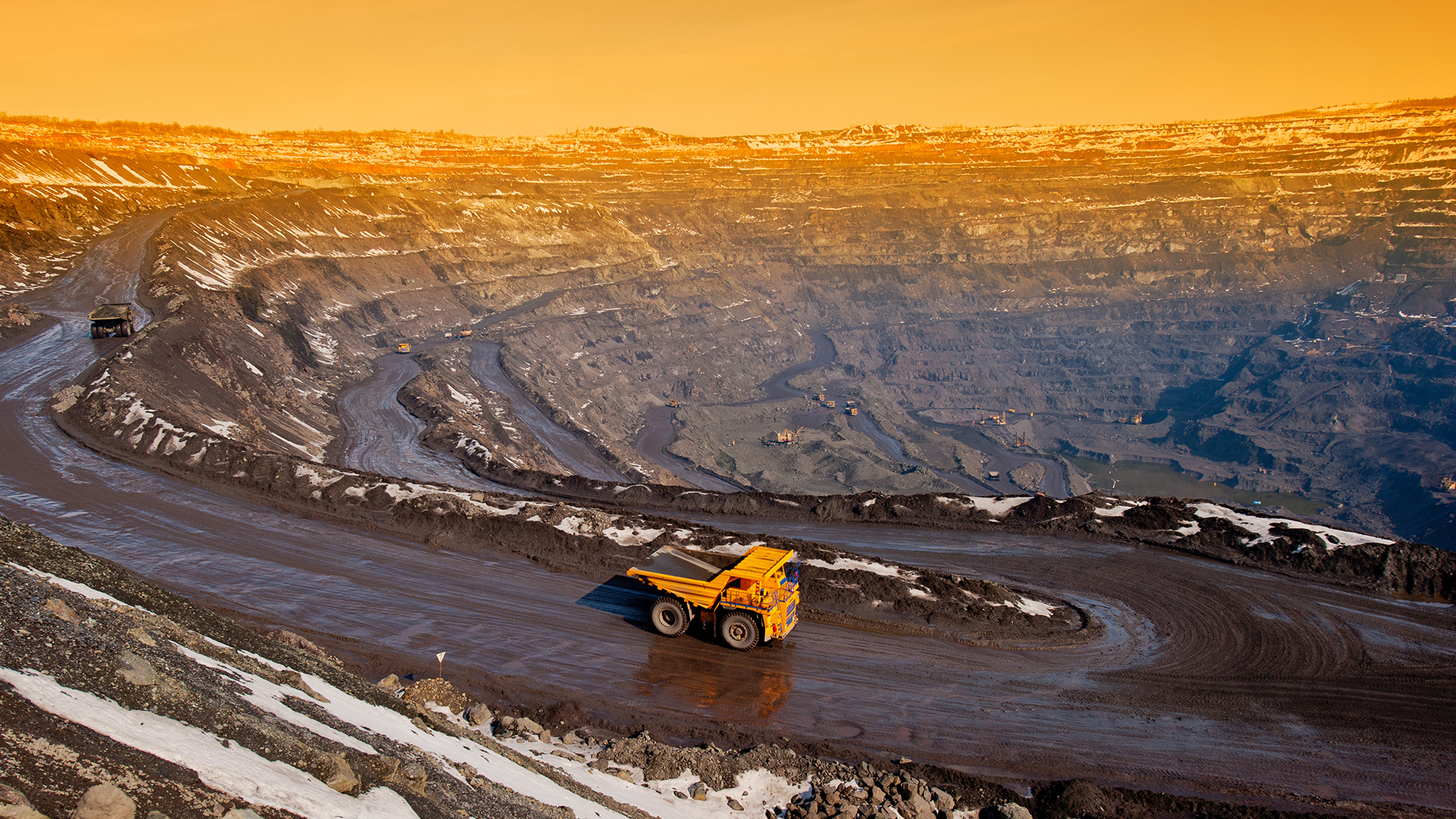Rio Tinto has left its 2024 production targets unchanged since releasing them in December, with the key one – WA iron ore output estimated to be slightly higher than in 2023.
The forecast rise – a few million tonnes – is not significant and for all intents and purposes guidance for this year is unchanged at 323 million to 338 million tonnes, compared with 320 million and 335 million tonnes for 2023.
Actual production of just over 331 million tonnes last year means that there will be little change this year.
In its 4th quarter and 2023 production and sales report on Tuesday, Rio said iron ore production of 331.5 million tonnes last year was 2% higher than 2022 while sales of 331.8 million tonnes (on a 100% basis) were 3% or 10 million tonnes higher and the second highest on record.
That could have been more than $US1 billion in extra revenue last year but we won’t know until the annual results next week.
For the December quarter, the miner shipped 86.3 million tonnes of iron ore from its Pilbara mines down slightly from, 87.3 million tonnes a year ago.
Rio said the performance was due to “improved productivity," supported by ongoing implementation of the company’s Safe Production System, and the ramp up of the new Gudai-Darri mine to its nameplate capacity of 43 million tonnes per annum, within 12 months of commissioning, which more than offset mine depletion.
Due to the rapid rise in output from the new mine, Rio said last October that it would spend $US70 million on extra equipment and infrastructure to lift output by 7 million tonnes to 50 million tonnes a year over the next couple of years.
Rio said that it will be forced to ship more low grade SP10 (than its man Pilbara fines blend around 62% Fe and therefore lower priced) ore than it wants to "until replacement projects are delivered. Levels are dependent on the timing of approvals for planned mining areas, including heritage clearances.
Rio said it shipped a record 47.5 million tonnes of the low grade fines and lump ore over the year, up more than 50% over 2022, which would have dragged down the overall average price received.
The lower grade SP10 product allows Rio to keep up sales volumes and keep a lid on costs while it prepares to bring on five new mines over the next few years that will help boost its production to records of 345-360 million tonnes in the medium term.
Iron ore prices rose strongly in the final months of 2023 to up around 30% by the end of December and peaked on January 3 around $US142 a tonne (on the SGX market in Singapore). But since that peak prices have slumped 11% to $US127.50 a tonne on the SGX on Monday.














